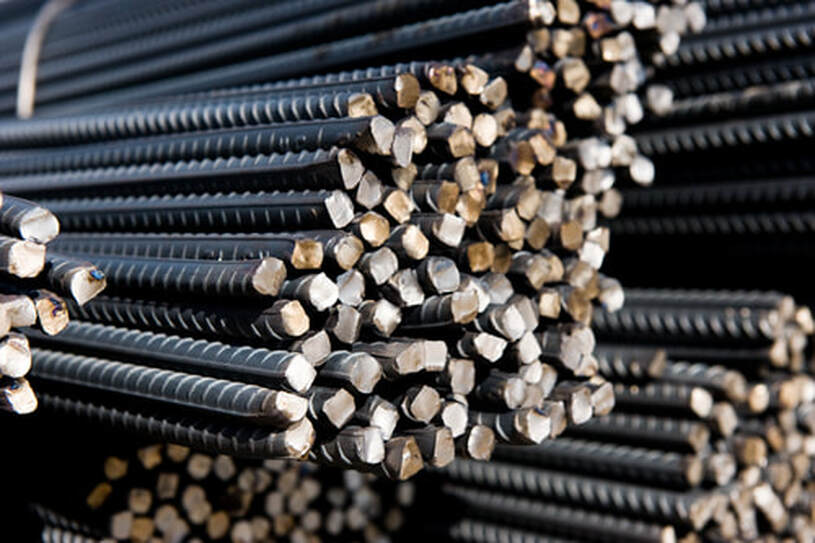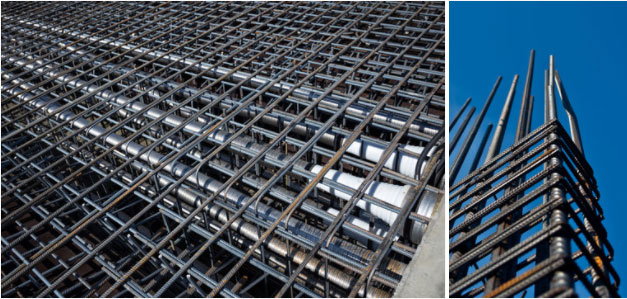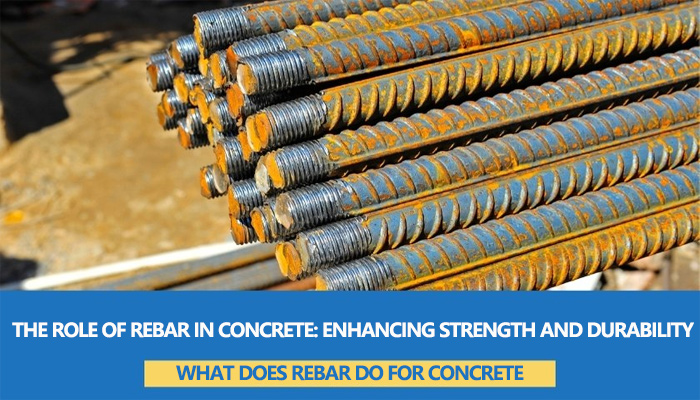Discover the vital role of rebar in concrete construction. Rebar, short for reinforcing bar, reinforces concrete structures, enhancing their strength and durability.
This article explores how rebar improves structural integrity, prevents cracking, and increases load-bearing capacity. We also compare the advantages of using rebar with concrete against alternative methods such as concrete with fiber reinforcement. Learn how incorporating rebar into concrete projects ensures long-lasting and resilient structures.
What Does Rebar Do for Concrete?
When constructing concrete structures, the inclusion of reinforcing bars, or rebar, is essential for ensuring their strength and longevity. Rebar acts as a reinforcement, significantly enhancing the structural integrity of concrete.
In this article, we will delve into the benefits and significance of utilizing rebar, while comparing it to the alternative method of using concrete with fiber reinforcement.

Enhancing Structural Integrity with Rebar:
Rebar serves as a skeletal framework within concrete, minimizing the risk of structural failure. By reinforcing concrete, rebar effectively distributes loads and resists tension forces.
The interplay between the concrete and rebar creates a composite material that boasts superior strength and resilience. This reinforcement mechanism prevents cracks from forming and spreading, thereby increasing the lifespan of concrete structures.
Preventing Cracking and Increasing Load-Bearing Capacity:
One of the primary advantages of incorporating rebar into concrete is its ability to prevent cracking. Rebar acts as a barrier that restrains the expansion and contraction of concrete due to temperature changes and external pressures.
This reinforcement technique significantly minimizes the occurrence of cracks and ensures the durability of the structure over time. Moreover, rebar enhances the load-bearing capacity of concrete, enabling it to withstand heavier loads without compromising its structural integrity.

Comparing Rebar with Concrete Fiber Reinforcement:
While concrete with fiber reinforcement is an alternative approach, rebar remains the preferred choice for many construction projects. Unlike fibers, which are randomly dispersed throughout the concrete mixture, rebar provides a consistent and predictable reinforcement pattern.
The strategic placement of rebar within concrete offers precise control over structural strength and ensures uniform distribution of loads. This level of control is crucial in projects that demand specific load-bearing capacities and structural performance.
Conclusion:
Rebar plays a crucial role in enhancing the strength and durability of concrete structures. By reinforcing concrete, rebar mitigates the risk of cracking, increases load-bearing capacity, and improves overall structural integrity. While alternative methods like concrete with fiber reinforcement exist, rebar provides greater control and consistency in reinforcing concrete.
For long-lasting and resilient structures, incorporating rebar into concrete construction remains the preferred choice. Trusting in the power of rebar ensures that your concrete projects stand the test of time.
